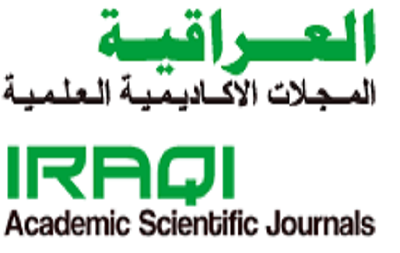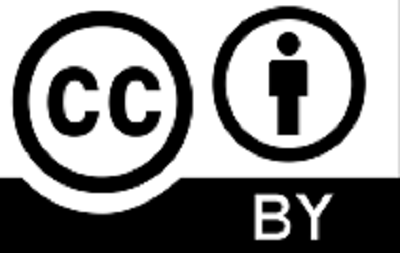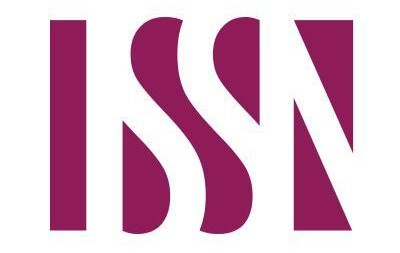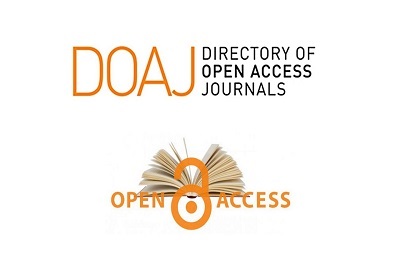An analytical study of the absolute angles of the body parts at the moment of launch and the percentage of their contribution to the completion of the weight push for young people
Main Article Content
Abstract
The study aimed to analyze the absolute angles of the body parts at the moment of departure and to determine the percentage of their contribution to the completion of the weight throw for young people. The researchers used the experimental method to suit the nature of the problem by designing one experimental group. The research population was determined from weight throwing players for youth under the age of (20 years) and their number was (3 players). Field research procedures included conducting video photography and motion analysis to extract the absolute angles of the body parts (the angle of the leg, thigh, torso, upper arm, forearm, in addition to the starting angle). The researchers concluded, through analyzing and discussing the results of the research, that there is an inverse correlation between the absolute angles of the body parts with the line. Horizontal and achievement. It was also shown that the best contribution percentage was achieved by the absolute torso angle and the launch angle. The researchers recommend emphasizing the conduct of motor analysis to identify areas of defect and weakness in motor performance, and conducting periodic tests and motor analysis to monitor the level of development in the mechanical and technical aspects.
Article Details

This work is licensed under a Creative Commons Attribution-NonCommercial 4.0 International License.
References
Al-Fadhli, F. A. K. (2011). International Athletics Law (p. 239). Dar Al-Diyaa Printing.
Al-Fadhli, F. A. K. (2019). Encyclopedia of the Application of Mechanical Laws in Mathematical Sciences (p. 234). Adnan Publishing House.
Al-Jadaan, A. N. (2021). An analytical study of the levels of psychological compatibility in premier-class handball players. Turkish Journal of Physiotherapy and Rehabilitation, 32(3), 16632–16641.
Al-Jadaan, D. A. N., Zaalan, M. S., & Ali, I. A. (2020). Analytical Study to Indicate the Comparison in Biomechanical Variables of Handball Scoring. International Journal of Psychosocial Rehabilitation, 24(02), 160–171.
Al-Obaidi, S. A. at al. (1991). Applied Biomechanics (p. 62). National Library Publications.
Alsaeed, R., Hassn, Y. , Alaboudi, W. , & Aldywan, L. (. (2023). Biomechanical analytical study of some obstacles affecting the development of football players. International Journal of Physical Education, Sports and Health, 10(23), 342–346. https://doi.org/10.22271/kheljournal.2023.v10.i3e.2967
Ghazi, M. A., Kadhim, M. A. A., Aldewan, L. H., & Almayah, S. J. K. (2024). Facial fingerprint analysis using artificial intelligence techniques and its ability to respond quickly during karate (kumite).
Kadhim, M. A. A. (2020). The effect of instant feedback on performance at the digital level on discus effectiveness. Indian Journal of Forensic Medicine & Toxicology, 14(4). https://doi.org/10.37506/ijfmt.v14i4.11907
Mashkoor, N., Saber, A., & Falhi, H. (2021). An analytical study of the level of information sharing between members of the administrative bodies of clubs and athletics federations. Journal of Physical Education Studies and Research.
Mashkor, N. H. (2017). The stylistic influence of small units (homogeneous and heterogeneous) on some Elkinmetekih variables and the level of technical performance and achievement of the effectiveness of the discus. Journal of Studies and Researches of Sport Education, 50.
mohammed, j Al., & Kazem, M. A. A. (2013). A comparative study of the percentage of learning the artistic performance of the effectiveness of pushing the weight of physical education students. Journal of Kufa Studies Center, 1(30). https://doi.org/10.36322/jksc.v1i30.5108
Neamah, D. A. (2014). Relation of time with some biochemical variables of the advancement of the aiming skill by jumping forward in hand. Maysan Journal of Physical Education Sciences, 9(9), 144–158.
Qasim, H. H. at al. (1991). Analysis of biomechanics in track and field events (p. 216). Dar Al-Hekma Press.
Shaaban, E. E.-D., & Hassan, A. J. (2010). Evaluating the kinematic variables of elite female javelin throwers as a function of making the Olympic champion. Journal of Sports Sciences, First Issue, 386.
Shatnawi, M. M., Al-Jadaan, D. A. N., Ahmad, M. A., & Al-Saeedin, M. S. (2021). ANALYTICAL STUDY OF SOME BIOMECHANICAL VARIABLES FOR THE ACCURACY OF THE PERFORMANCE OF THE CORRECTION SKILL BY JUMPING FORWARD WITH A HAND BALL. Turkish Journal of Physiotherapy and Rehabilitation, 32(3).
Talha, H. E.-D. (2014). The ABCs of Movement Sciences: The Biomechanical Approach to the Study of Movement Sciences (p. 71). Modern Book Center.





 IASJ
IASJ CC-BY-4.0
CC-BY-4.0 turnitin
turnitin ISSN
ISSN DOAJ
DOAJ Crossref
Crossref GoogleScholar
GoogleScholar Orcid
Orcid